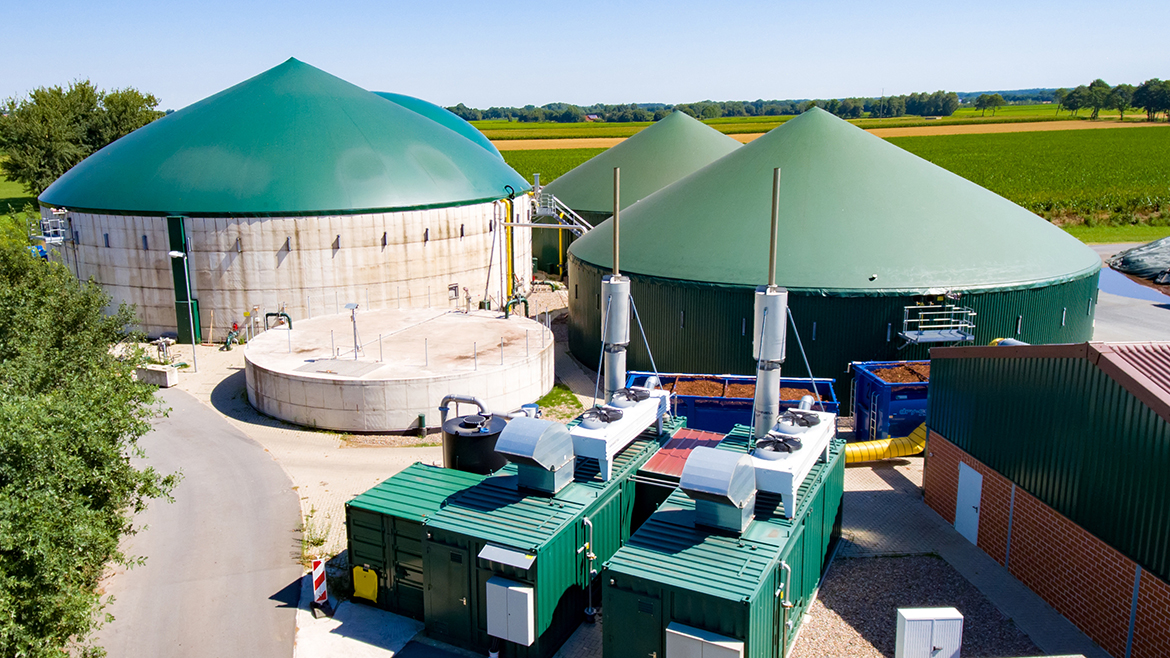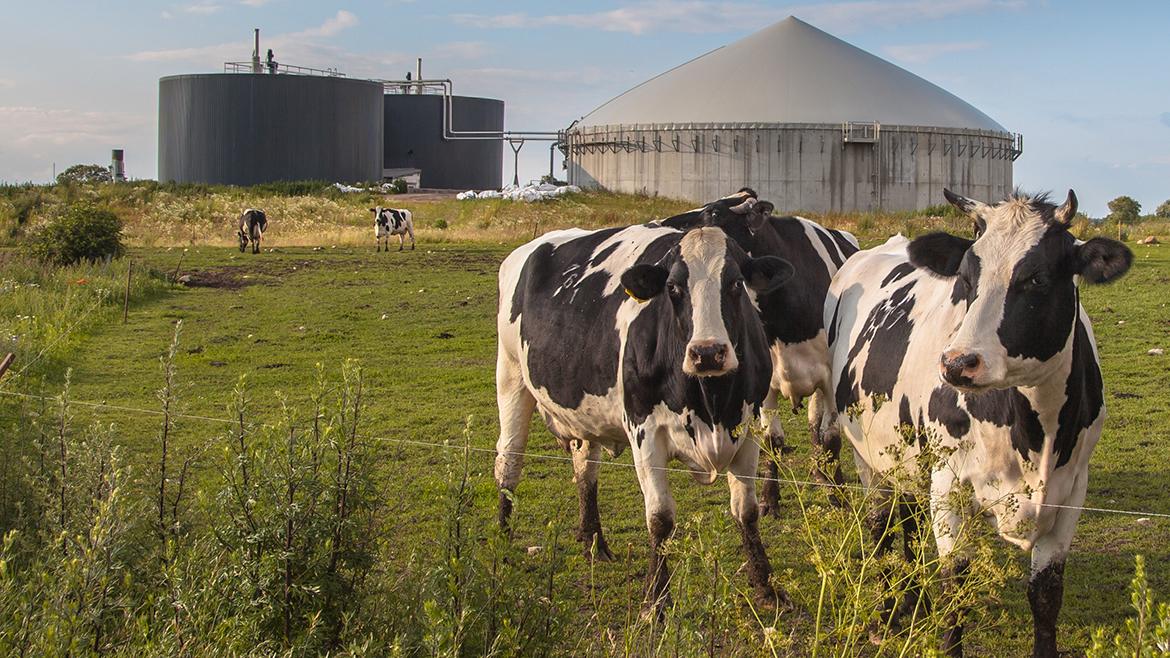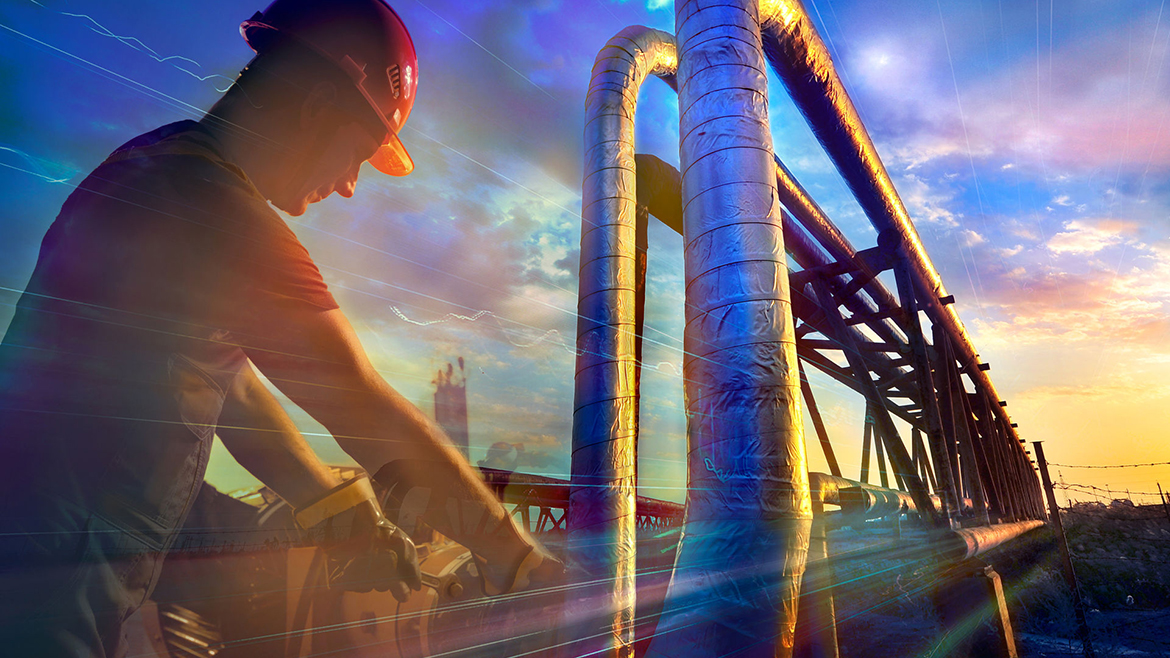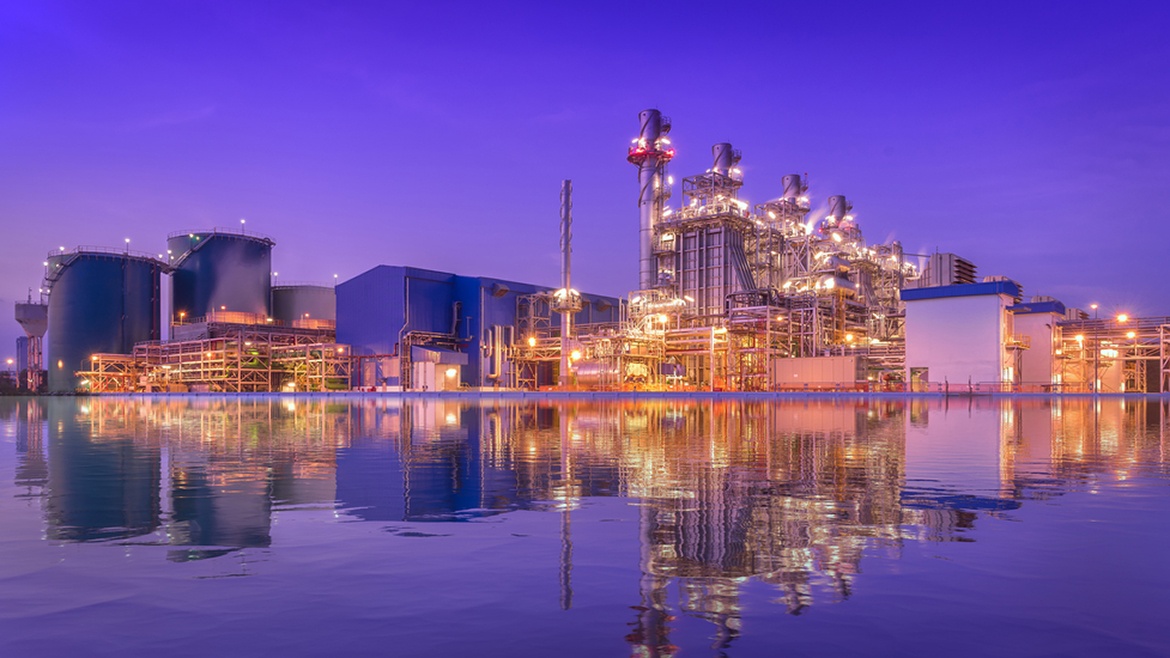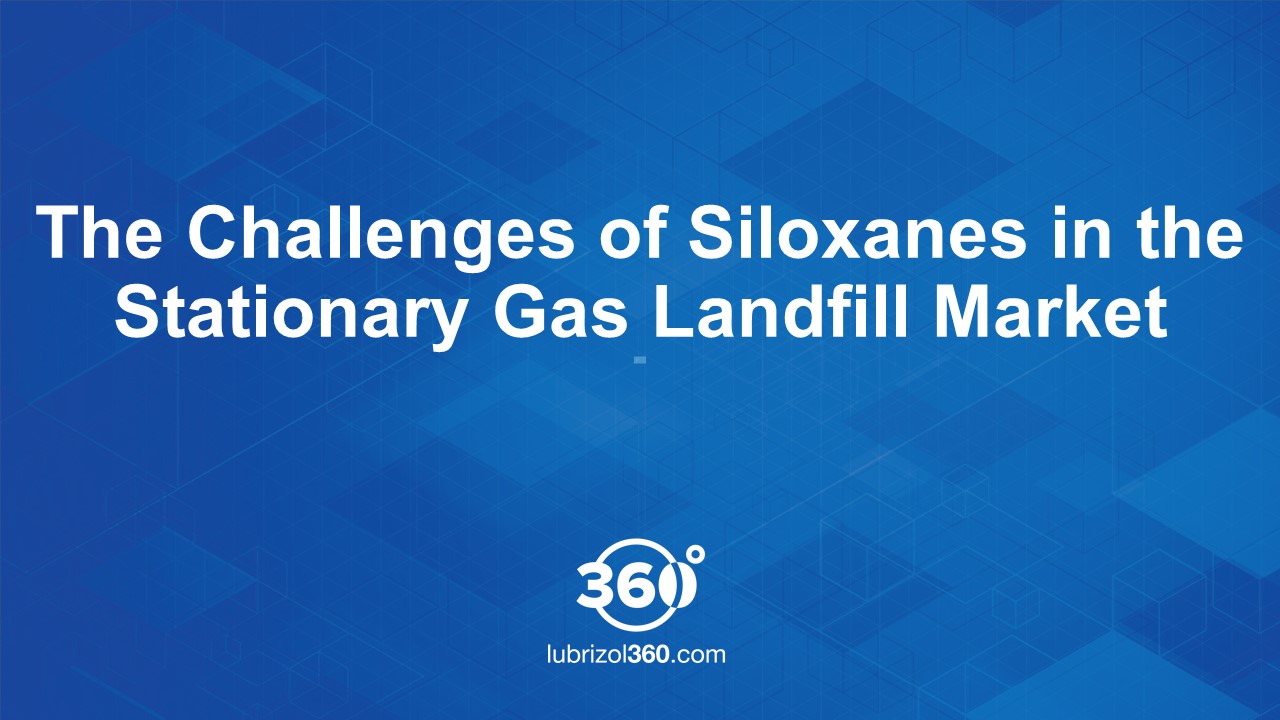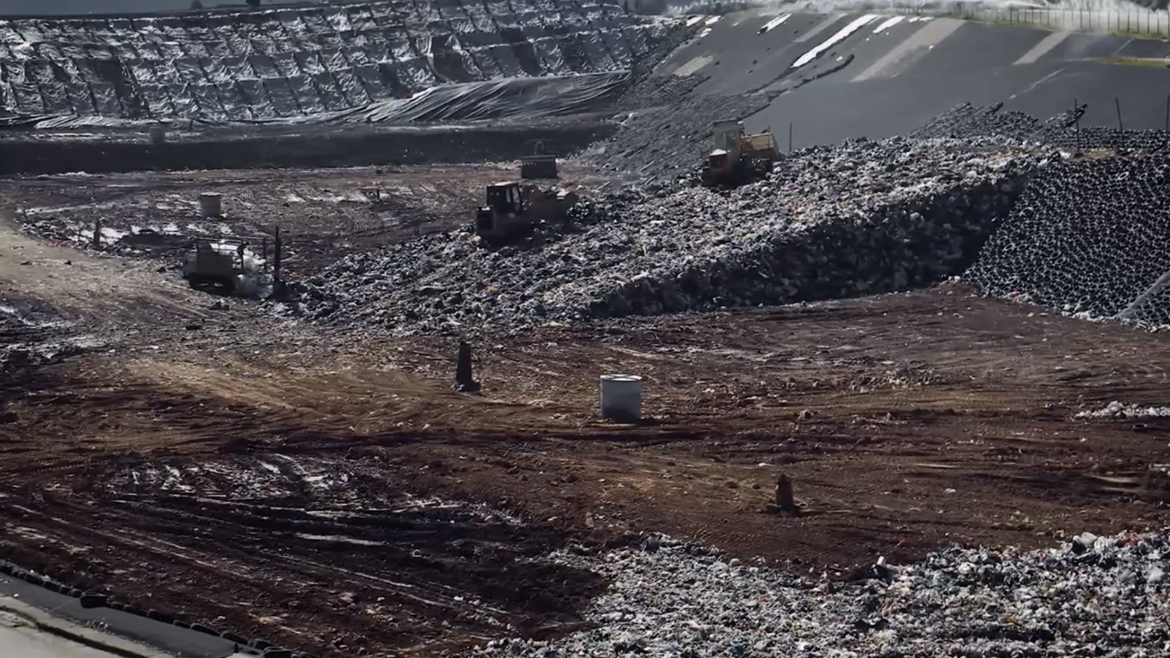Article three of a four-part series, discussing the growth in the demand for gas around the world, the increased requirement for stationary gas engines and the importance of correctly formulated oils for these engines.
The growing demand for gas around the world is increasing the use of stationary gas engines in the upstream, midstream and downstream operations of the energy production market.
Despite a generic title of stationary gas engines, the scope of these static, non-mobile pieces of equipment is vast. Generally, stationary gas engines either spin a compressor to gather and push the gas down a pipeline, mainly for upstream and midstream operations, or they spin a generator to produce electricity.
The industries that utilize stationary gas engines are many and varied, including agriculture and food processing, landfill and wastewater treatment, commercial and industrial buildings, oil and gas, mining, and the steel industry. Engine installations can typically cost from USD $250,000 to USD $1 million.
The output of stationary gas engines is vast, ranging from under 100 horsepower (hp) to over 20,000 hp, and can weigh up to 360 metric tons. Visually, they can range from the size of a passenger vehicle up to more than 18 meters in length and six meters in height, requiring staircase access to reach the top of the engine.
The lifespan of a stationary gas engine can be decades. While the majority of engines are 4-stroke, there are still a large number of 2-stroke engines in use, where the engine consumes the oil volume used for liner lubrication.
Often running 24/7 in a steady state, with operating speeds from 200 to 2,000 rpm and with variable fuel qualities, stationary gas engines have constantly high combustion temperatures and high engine loads. These characteristics make stationary gas engines very different to other engine types, such as passenger or commercial vehicle engines.
Given the vital role stationary gas engines play, uptime is crucial. Depending upon the application, stationary gas engines can be situated in extremely remote and unattended locations, often many miles or kilometers from civilization, meaning reliability of equipment and infrastructure of services is critical.
Due to the 24/7 requirements of stationary gas engines, end users need their equipment to perform efficiently, expecting low operating costs during the lifetime of the engine and are demanding longer intervals between servicing. As these engines can take several hours to cool, this means that downtime, whether planned or unplanned, is both unwelcome and costly unless a back-up source is available on-site.
More demanding end-user needs along with the tightening of emissions legislation in differing countries, is prompting Original Equipment Manufacturers (OEMs) to make their engines more powerful and more efficient than before, including the addition of aftertreatment devices.
Engine hardware design changes are typically resulting in much higher pressures in the engine, with tighter tolerances and reduced clearances for the engine’s components. Higher efficiency is being supported with the move from aluminum to steel pistons as well as piston design changes, in order to increase higher Brake Mean Effective Pressure (BMEP). As seen in the passenger and commercial vehicles markets, changes in piston design with the move to a smaller top land is enabling efficiency gains. As the top ring moves much closer to the combustion event, however, this can negatively affect deposits forming on the top ring groove. This requires a high level of performance from the lubricating oil due to the higher pressures and temperatures.
Today’s stationary gas engine lubricant is expected to work harder for longer. Higher operating temperatures, higher combustion chamber pressures and tighter tolerances alongside different fuel qualities and contaminants are all challenges the engine lubricant has to address.
Stationary gas engine oil drain intervals vary significantly, largely affected by variances in fuel quality and engine design. For natural gas engines, standard drain intervals of 2,000 hours are currently considered to be the minimum benchmark for the market with 5,000 hours for extended drain applications.
However, for biogas, landfill gas and other gas applications, drain intervals of 100 to 200 hours can be typical, affected by the poorer quality fuel and high level of contaminants in the gases. To put this into perspective, an engine running 24/7 with a drain interval of 100 hours would mean the oil needs to be replaced every four days. As a result, extending oil drain intervals is an area OEMs and end users alike are actively keen on for all gas types, subject to the reliability and performance of their equipment not being compromised.
Our View
Today’s stationary gas engines are expected to work harder, for longer. Often sited in remote locations, they are required to perform 24/7, delivering low lifetime operating costs with longer service interval durations. The design changes being made by OEMs to make their equipment more efficient as well as satisfying growing end users’ expectations are causing challenges to the formulation of today’s stationary gas engine lubricant.
In our final article of four, we talk about the formulation challenges of today’s stationary gas engine oils as well as OEM engine oil approvals.
For more information on stationary gas engine oils contact your Lubrizol representative.

